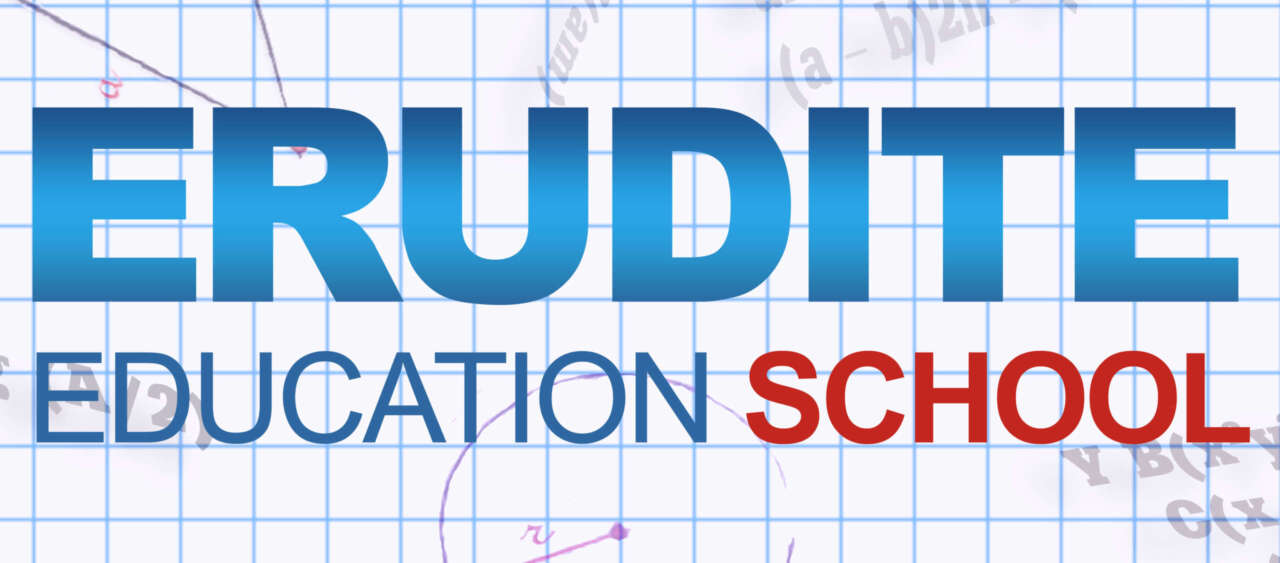
Singaporean teachers achieve high learning results by using a specially developed methodology, which is a unique set of theses and formulas, otherwise called “structures”. Based on the “structures”, the teacher builds a lesson, while the teacher combines the “structures” at his own discretion in any order convenient for him. Each “structure” has its own regulations and name. In total, there are about 250 “structures” in the Singapore technology.
An important feature of the Singapore technology is that children master new educational material independently. Each of them can be both a student and a teacher. The teacher exercises control, listening to the children’s answers and correcting them if necessary. Children get used to working in the lesson in accordance with a certain algorithm, performing actions on command from the teacher. That is, the implementation of algorithms is brought to automatism.
In order for children to become successful and be able to make their personal contribution to the development of society, they must have effective communication skills, they must have developed critical and creative thinking. Since professional activity in the modern world involves generating ideas and finding new ways to solve problems, each lesson is aimed at developing the listed qualities. Working in groups allows absolutely every child to be involved in the learning process. Children move, they have fun, and, therefore, new information is easily remembered.

 Русский
Русский  English
English  Uzbek
Uzbek 